I HAVE APHANTASIA AND I'M A PHOTOGRAPHER — IT'S THE PERFECT MIX!
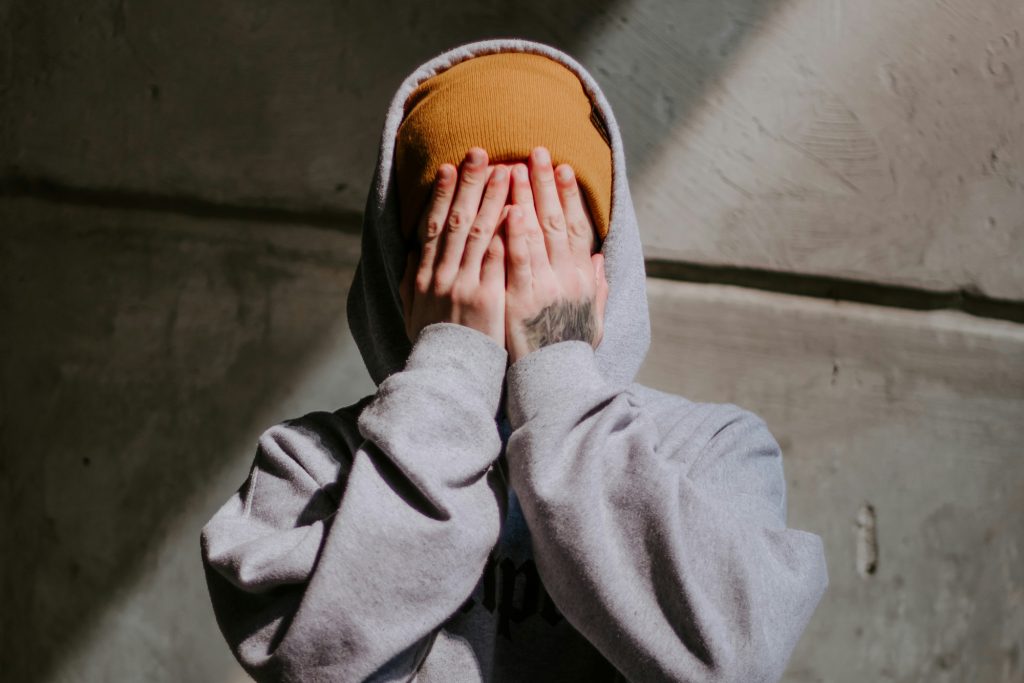
Aphantasia you say, what’s that? I’ll get to that, but first… do you often have trouble picturing a shot in your mind? Is the edit where your image finally comes alive? Have you always thought phrases like ‘mind’s eye’ or ‘counting sheep’ were just sayings? Do you only ‘see’ black when you try to imagine anything visual? If you answered yes to any of these, you may have aphantasia – A.K.A mind blindness!
Confused? You’re not alone. According to Wikipedia, although the concept of being mind blind was ‘first described in 1880’ the term aphantasia is relatively new having only been coined in 2015. It’s estimated that 1-3% of the population has it, but what is it and why the hell am I writing about it on a photography website?
Aphantasia is a condition that defines the inability to mentally visualise imagery – sometimes also grouped with the inability to mentally recall other senses, such as taste, touch, sound or smell, all of which apply to me. In short, when I close my eyes, I ‘see’ only blackness in my mind.
It’s part of a spectrum. The majority of the world’s population are phantasics, able to mentally visualise to some degree, with a select few even having hyperphantasia – the ability to conjure up images of anything they imagine with the same level of intensity as if they were looking directly at it.
Before I delve into the impact it’s had, why it makes perfect sense that I was drawn to photography and how I overcome some obvious hurdles, it’s time to ask you a simple question.
Table of Contents
HOW DO YOU KNOW IF YOU HAVE APHANTASIA?
Caution: this could explain everything!
There’s a simple illustrative test to see where you fit on the mental imagery scale. Close your eyes. Imagine in your head a red Apple.
Really picture the shape and colour in your ‘mind’s eye’. Open your eyes, look at the image below and match your experience to one of the images in the grid.
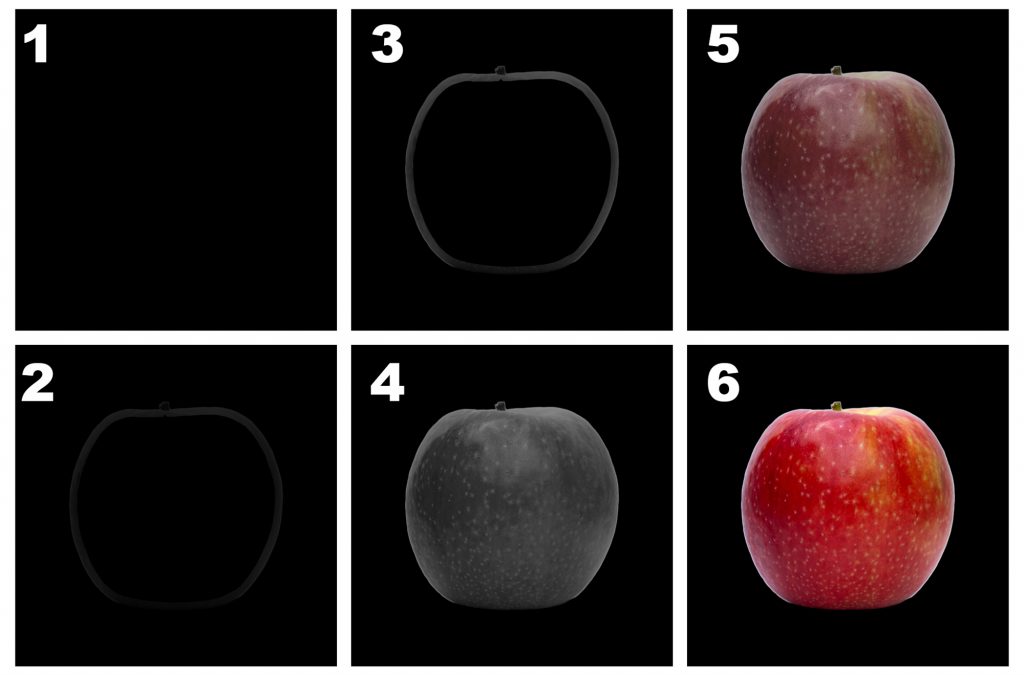
Did you score a 1? Welcome to the club, there’s a good chance you’re ‘mind blind’, too. You can’t mentally picture something, even if you know it’s there.
I describe it as knowing the concept of something without actually being able to see it; like knowing a computer screen is displaying an image of an apple, but with a layer of card placed over the monitor.
I bet you can also relate to some of the challenges that I face every time I pick up a camera.
IS APHANTASIA A DISABILITY?
NO. It’s not considered a disability, it’s a condition; it’s a brain that deciphers information in a different way. There is some crossover with ADHD and autism in a lot of people, but not all. I don’t have autism, though I’ve come to learn through this that I may have some ADHD traits…
It’s also important to state that not everyone with aphantasia is the same, so this is my experience.
I’ve never considered that I’m missing out on anything. In fact, before I found out that I didn’t have the same experience as the other 97% of the world, I was blissfully ignorant of the alternative.
However, looking back across my life, I’ve always needed visuals supplied for me — I learn visually. I struggle greatly with creating from nothing, because I don’t have the ‘vision’ or an end goal in-mind to work towards.
All of this graphically (pun intended) explains why I was fascinated with cameras for as long as I can remember.
The ability to create images, to have some control when I can’t do so mentally, was massively appealing. I bought my first DSLR (a Sony A300) in 2009 and I’ve since come to realise that there are some big challenges as an aphant photographer.
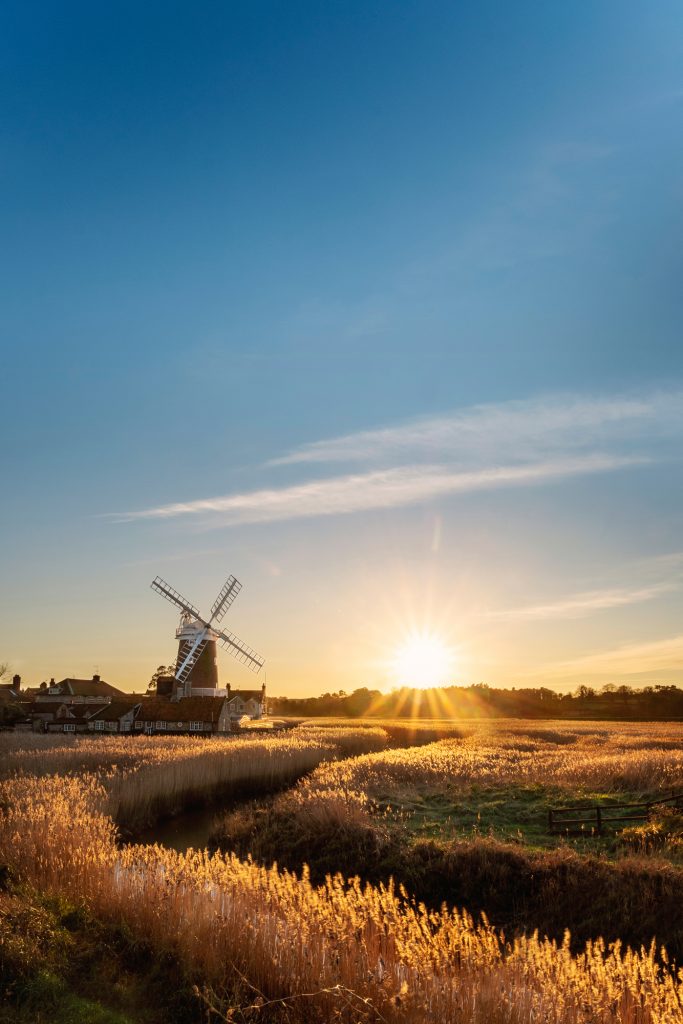
MASTER YOUR APHANT LIMITS
I can’t create from nothing — even as I sit here planning this piece! I’ve been doing this, on and off, for 15 years. I’ve picked up a few hacks to help me, though, to this day, I can have the world’s most thorough mood board but can’t follow it through. I do have some workarounds, though.
If I’m trying to turn my hand to landscapes or astro (something I neither do often or successfully) I tend to use apps to help me visualise.
Google Maps, The Photographer’s Ephemeris and Photopills have all been godsends here.
Knowing the phase of the moon or the direction of the sun before I attempt to scope out a location means I can get more of a feel for the mechanics of the scene and be one step ahead.
If I’m shooting a wedding or portraits, I know I can’t see a location and ‘know’ it will work, so I turn up early or before the date and scout for potential locations and reel off some test shots.
If I’m trying to capture product photography I have a ‘fault lexicon’. I’ll reel off test shots at every step and use a mental checklist of imperfections I know I’d overlook, like reflections, light spill or blown out edges. This way I can at least eliminate my more stupid mistakes before I send them to a client.
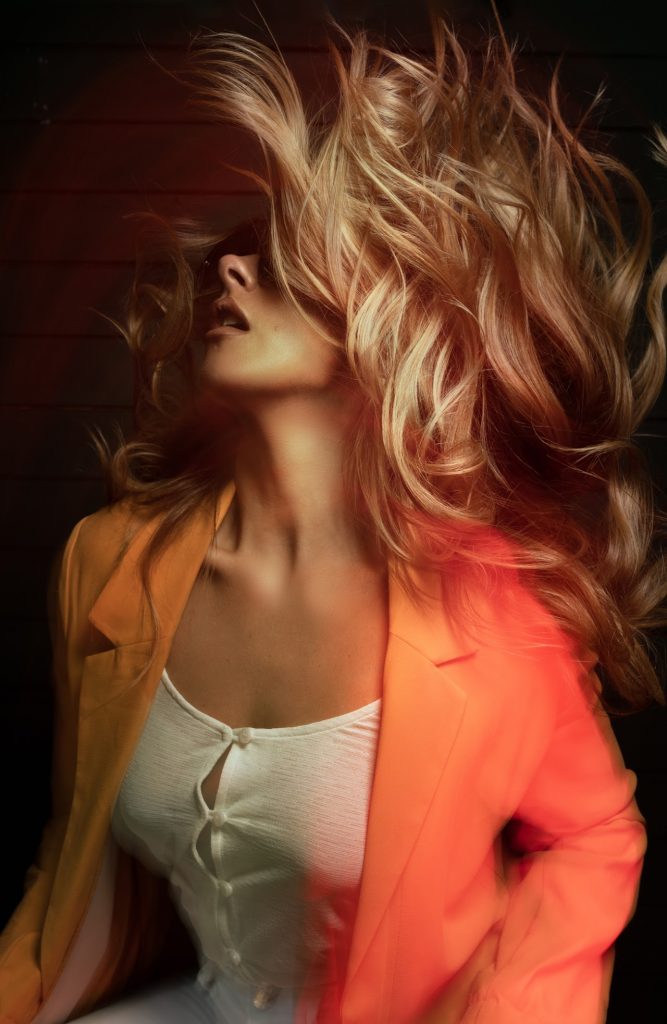
SOMETIMES YOU HAVE TO PLAN LESS AND PLAY MORE
I’ve tried, I really have! I’ve created elaborate mood boards, looks, styles, clothing, location, feelings – you name it, I’ve lumped it into a PDF.
However, no matter what my plan or how in-depth, I fail to achieve it 100% of the time!
Point in case, I went to town on this shoot’s mood board. Looks, styles, make-up. I even added in pretentious sayings and ‘vibes’ for a boho, natural light portrait with tones of empowerment and body positivity…
Here’s the final shot… big thanks to Rose and this brilliant RGB lamp

One of the biggest leaps forward for me was when I realised and began to work to a loose concept rather than a rigid plan – as long as I achieved the promised level of quality in my deliverables.
It’s not that I don’t plan at all, far from it. I look through the model’s portfolios or find inspiration on Google. I pick out styling and make-up tips that I think would work. I advise the model to ignore me if I’m too far out of the ballpark.
I’m also very open and honest that my plans will likely change as we evolve together. What I’ve found is that, quite often, it actually improves the level of collaboration.
The same is true for every other genre of photography. A lot of test shots from a lot of different positions to clarify in my mind what does and does not work.
Long story short: have a concept rather than a plan. Don’t work towards an impossible image, but rather a theme.
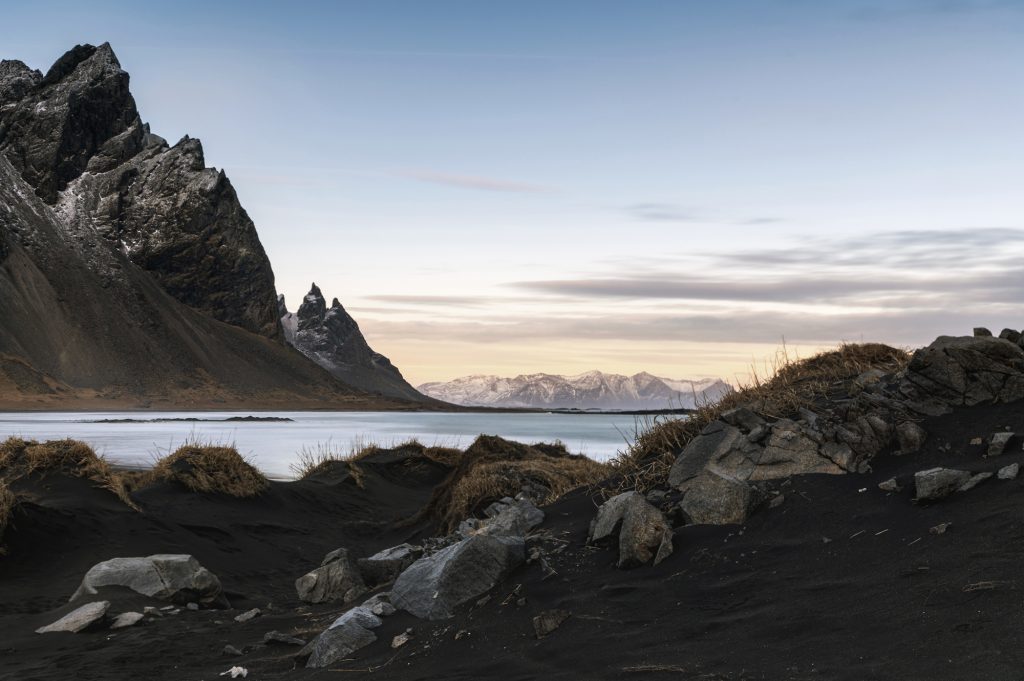
APHANTASIA MAKES ME FOCUS ON THE THINGS I DON'T DO
This one is by far the toughest for me and ties in perfectly with creativity.
While I consider myself a creative person in general, it’s hard to argue that aphantasia doesn’t have a big impact on visual creativity. This means that, while I rely on my ability to work on the fly and use mental ‘checklists’, I have to remind myself of the things that I’m not thinking of.
My go to composition has always been subject in centre of frame – click! If I had ever surpassed a comfortable level of mediocrity, this would probably have become an identifiable style.
But, as it stands, it’s just a reminder that I constantly fail to ‘see’ any other composition. If you find a fibonacci spiral in my photos, it’s by sheer accident!
That said, I constantly use the in-camera grid and try to force myself to capture some images off-axis. The shot below was captured completely off-centre and it’s one of my favourites because of the deviation
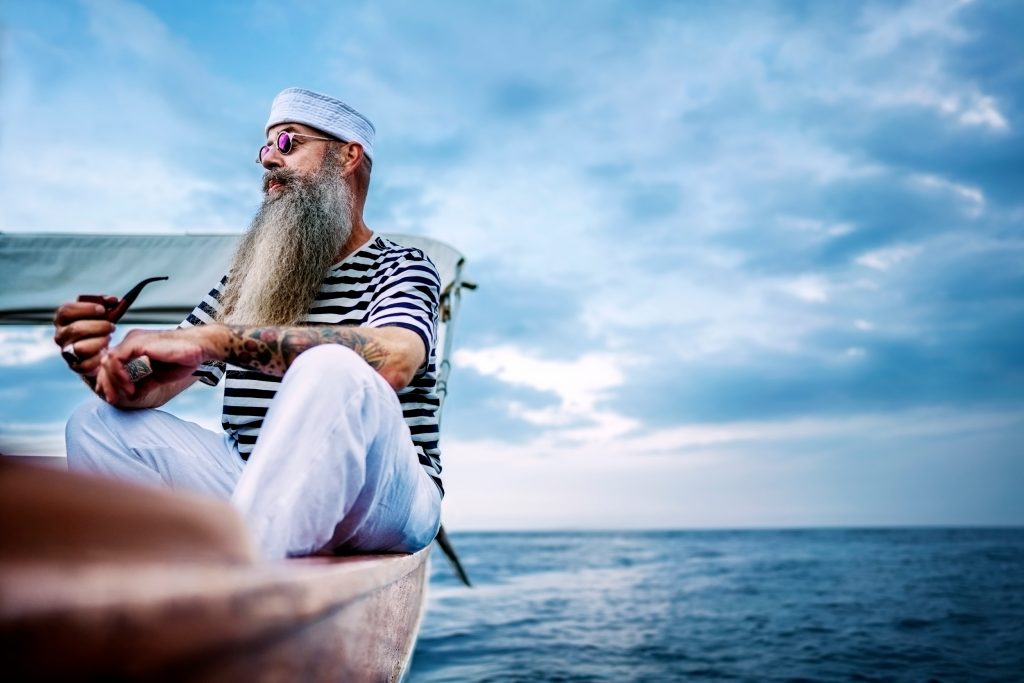
The same is true of motion or angles. I sometimes get so bogged down in reminding myself to capture things that I miss the opportunities that I could be exploring.
I can’t count the number of times I’ve taken a photo standing up and realised how much more impactful it would have been if it was shot from the ground, or high above.
Motion, too, is a great way to enhance photos. Swirl a dress, have your models take steps forward, throw an ND on the front and drag your shutter to introduce some blur into your background with a passing car or throngs of walking pedestrians.
All of these things can help you create better images, whether you have aphantasia or not. It’s just a matter of forcing the habit.
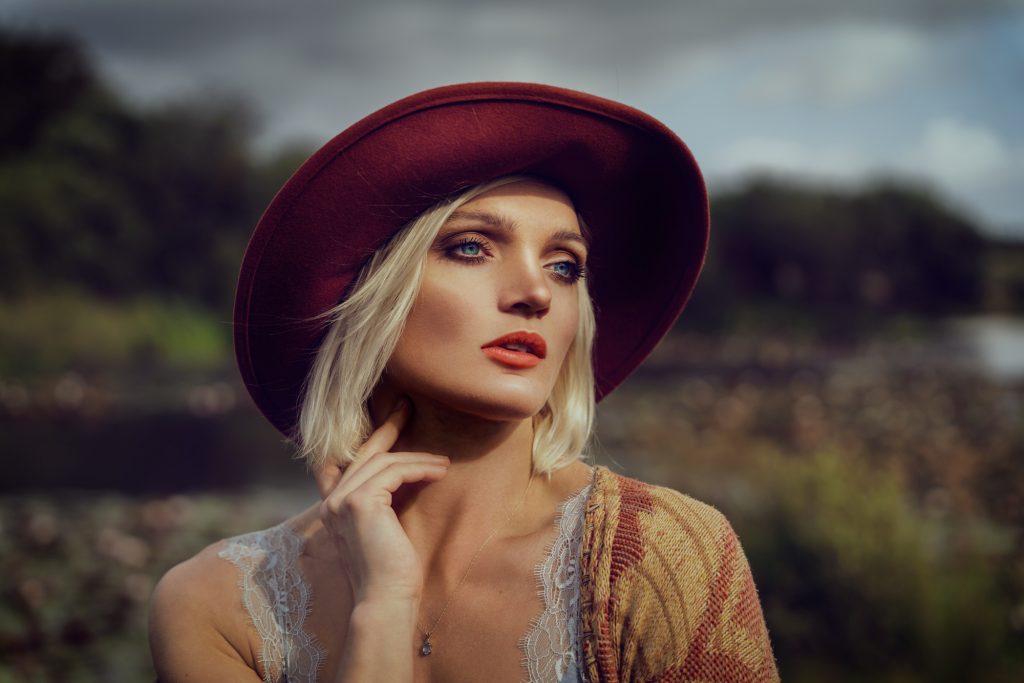
REMEMBER TO BAG A BETTER BACKGROUND
Backgrounds are the unsung heroes behind many of the images that make me go ‘wow’… and I always forget to consider them!
So much of knowing what makes a good background is being able to picture your subject in front of it, which I can’t do.
Don’t back your subject into a corner. Cliche´s aside, the background should elevate and enhance your photo.
There are always going to be times when a plain background will help keep the focus on your subject, but there are other times when something grander can forward the narrative.
Much like weddings, I’ll walk around and try to capture a shot of an area I think is interesting to see how it looks on camera.
Often, I’ll even take it into photoshop and add a cutout model to see if it works as I suspected. If it does, I make a point of returning there with someone to photograph.
I’m also a bugger for leaving in distracting elements. Don’t be afraid to ‘tweak’ your background to bring out its hidden potential.
Move elements that aren’t nailed down. Alter your field-of-view to crop out distractions. Take a photo and look at the interaction of the light on the elements in your scene to make sure it’s going to read well in the final shot.
Move your model one step to the side so she doesn’t have a lamppost growing out of her head! Everything is fair game, except taking the background at face value because you’ve ‘forgotten’ the value it can offer.
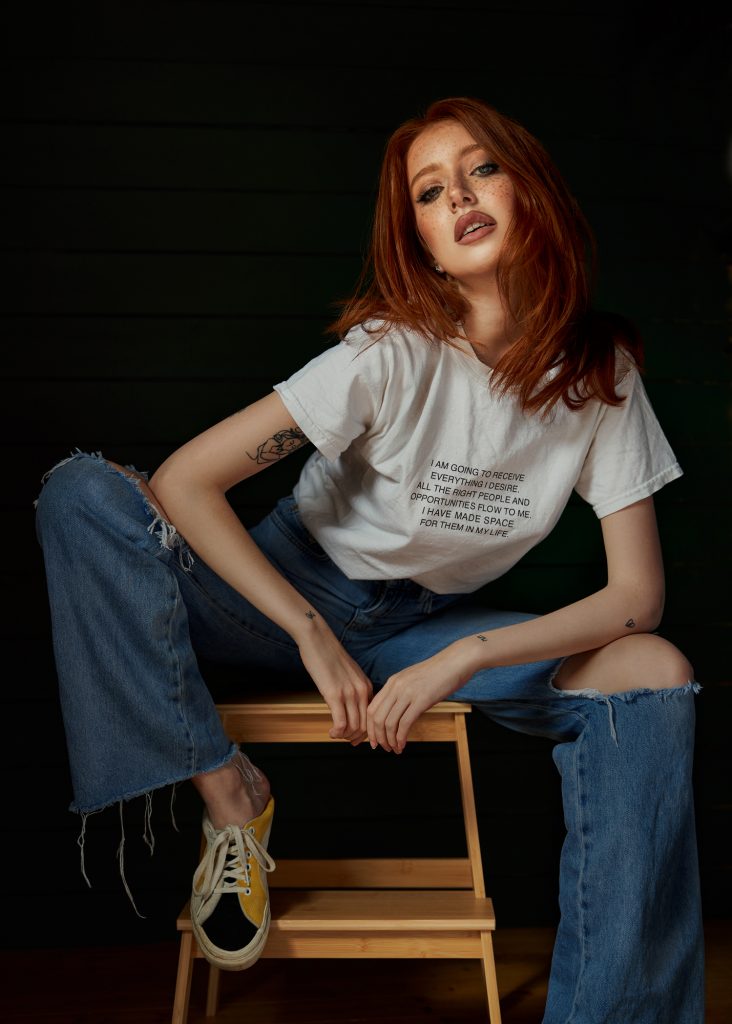
WORKING WITH PEOPLE... AND APHANTASIA
Posing a model can trip up a lot of people, but for me it’s one step away from being a dumpster fire. Usually, I imagine, you ask a model to pose in a way you can see would suit their look or body type.
Since I can’t imagine the end goal, I find posing a really daunting task. I get around it by keeping a reel of generic poses in my head and doing a lot of directing based on what I’m seeing on the rear-screen — yes, I chimp, but it’s medicinal!
The instant feedback of the rear screen is essential. I’m not trying to find the perfect pose off-the-bat, I’m trying to find the ballpark to create a reference I can tweak.
Think of it as the world’s most boring stop motion. This is especially true when shooting a wedding, where I lean into reportage on the fly, but obviously need to supply posed shots too.
The takeaway here is improv. Moodboard for the looks you’re after, not the final shot. Keep your concept loose and explain that you’re building on a theme.
Also, Committing some generic poses to memory gives you great jumping off point, then some virtuous chimping will allow you to fine-tune until you’re happy with the shot. The same is true for lighting patterns.
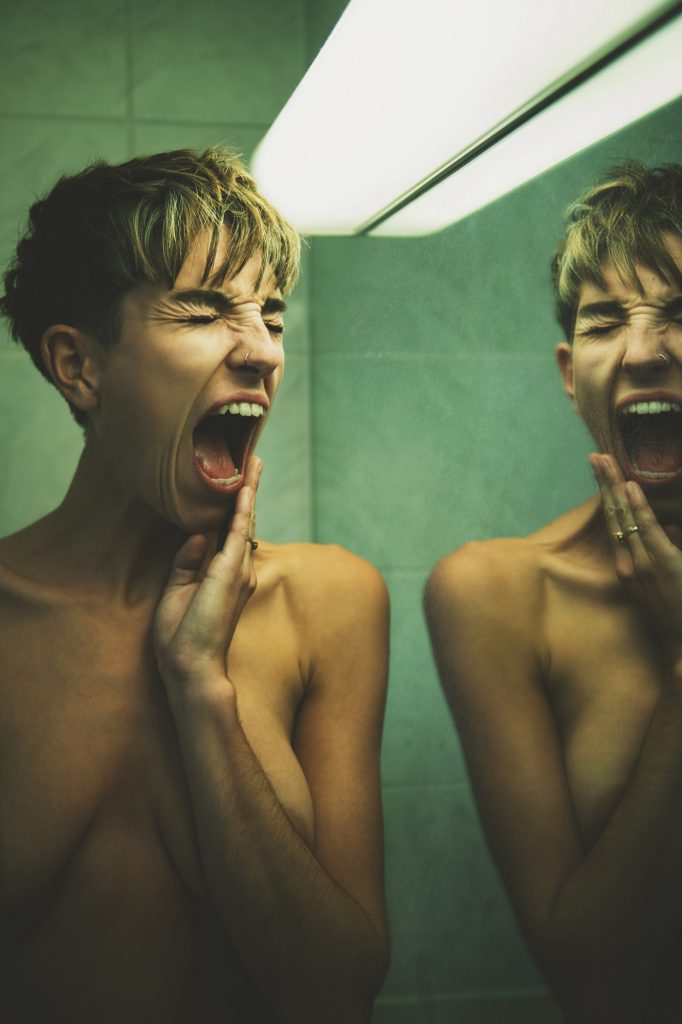
VISUALISING HAPPENS IN THE EDIT - AND THAT'S OK
The edit is hands down my favourite part of any shoot. While I enjoy the process and love the social interaction, until I see it on the big screen it literally doesn’t exist for me.
This is where I can slowly consider which image I really like and, most importantly, see any changes I make in real time – no imagination needed. Still, there are some screaming challenges here as well.
I can’t photograph with the edit in-mind, despite the number of times I use the phrase. I simply lack the mental tools. However, knowing what I can’t do has made me focus more on what I can do.
To make life easier, I’ve come up with another checklist of generic edits and the type of photo that best allows me to do so.
I always underexpose the brightest skin tones by a full stop – thank you zebra stripes! I religiously set my in-camera white balance on set.
I try and force myself into a meticulous regime of clearing or framing out any unwanted elements that may appear in the scene. I don’t do this as standard, it’s something I have to fight to remember every time and it makes my life infinitely better.
It sounds like overly simple advice, but it will change the way you approach the initial act of taking the photo for the better.
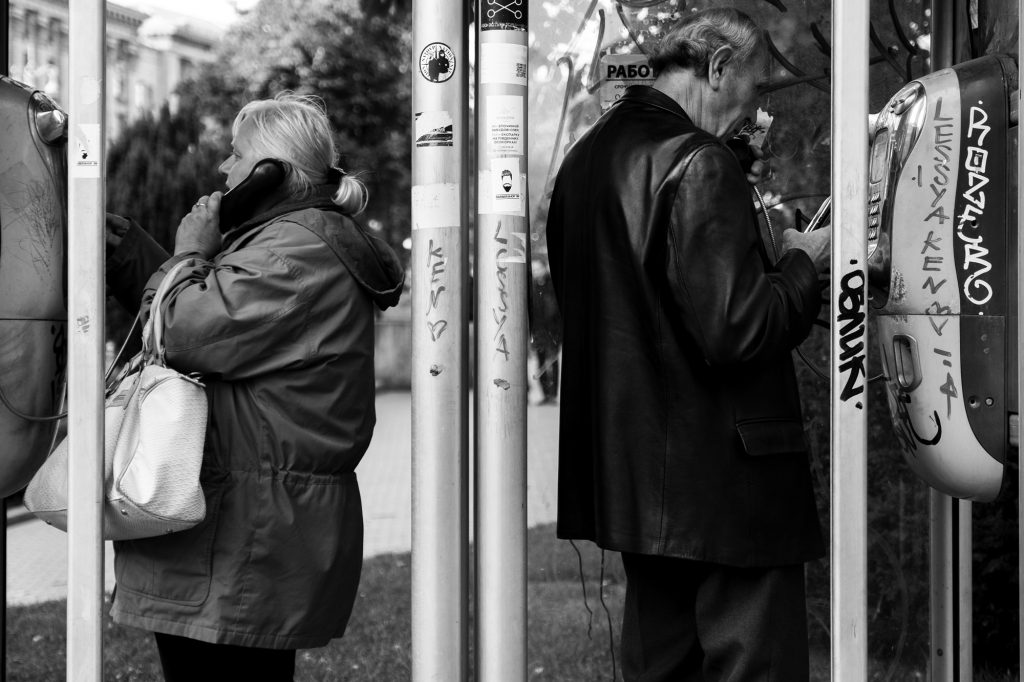
MAKE YOUR SCENE WORK HARDER
I’ve discussed how I can’t conjure elements in my mind, either singular or combined elements, but I know the recipe for a decent shot.
Often, I’ll look for an aspect of something that fits into what I consider the perfect setup: a sliver of light, a leading line or a contrasting scene. Once I’ve found something that fits the bill, I’ll stay a while, observe and just see what happens.
This is never more evident than street photography, which, despite my love of the genre, I suck at!
You can take this approach and add it into any genre of photography. Don’t try and visualise the end scene, but build it up in front of your eye using the textbook building blocks and just observe.
A lot of what I do seems very proactive, with bags of improv, but in actuality there’s a lot of reactivity to my environment, and even more trial and error!
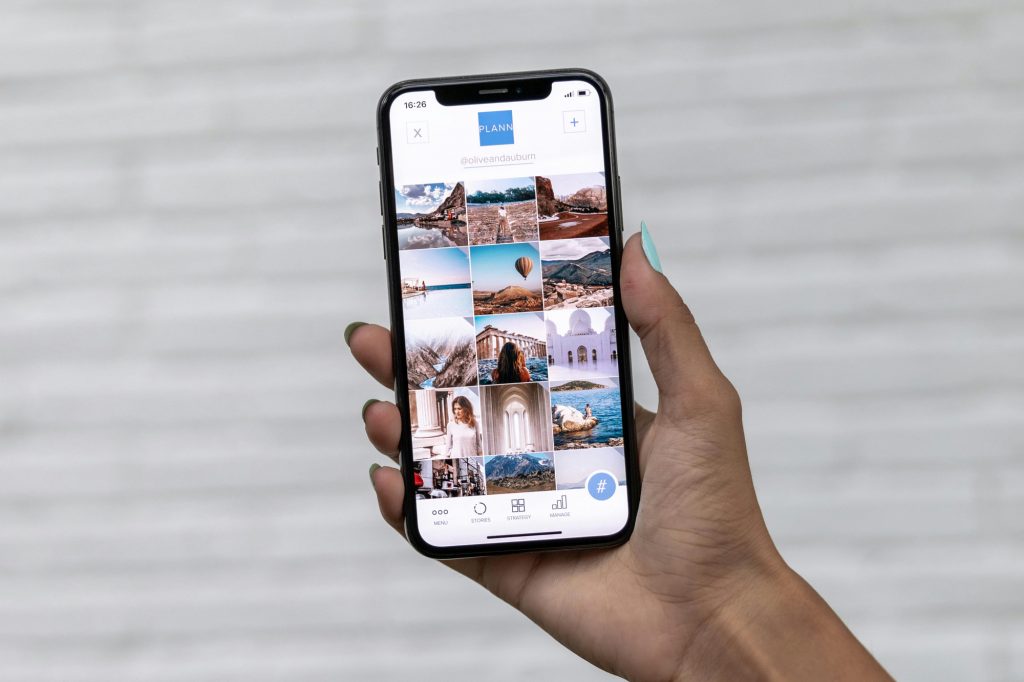
MAKE YOUR VISUAL INSPIRATION PORTABLE
Lacking the ability to mentally picture also tends to mean lacking the image to mentally create. I know what a tiger is and I know what a lion is… but I couldn’t describe a liger for the life of me!
The same is true out on location. One thing that really helps is to have a number of images saved to my phone that act as inspiration.
If I feel that the shoot is getting a bit stale I can pull these up, regroup and assess the direction I’m headed in.
I’m not advising plagiarism, but rather looking at images to figure out what works and how you can apply it to your own shoot.
This not only gives you a soft reboot, but also takes the pressure off and allows you to focus on the creation rather than the failures.
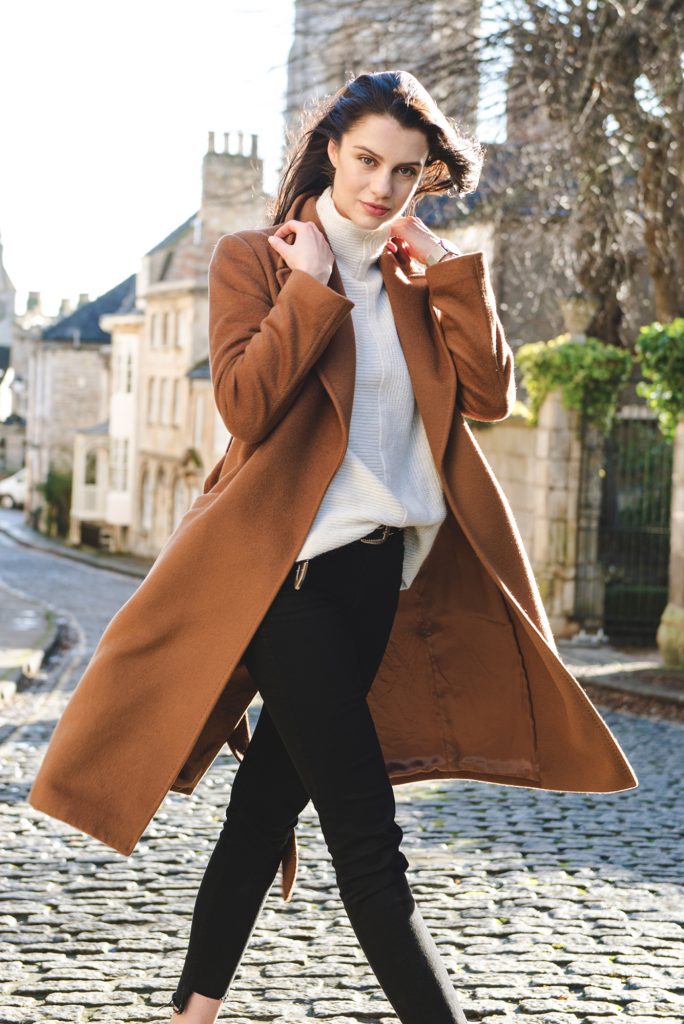
YES, YOU SHOULD BE YOUR OWN WORST CRITIC
I’ve always been extremely critical of my own work. Personally, I think it’s best practice to be your own harshest critic to achieve growth, but also part of the reason an image speaks to me is because it’s seeing something that I’ve created that’s come to life in a way I couldn’t imagine.
This often leads to false positives that make me love shots that really shouldn’t see the light of day. Learning the difference between self-gratification and cold objectification has been a tough road.
These days I like to give my images a cooling off period.
I’ve become a lot more selective and detached when viewing my own images with the aim of differentiating between a keeper and a shot that simply corrects my visual shortcomings.
If there’s one takeaway here, it’s simple: give your images a bit of breathing space. By all means fall in love with your work as you review it, but don’t forget to keep that objective lens in place when you’re deciding what works and what doesn’t.
Ultimately, many of us take photos as a creative outlet. The end goal is to create an image you’re happy with and that should always be the goal if you don’t have a client.
If growth is something you’re striving for, however, revisit your recent files after a week or so and look at them again to see if you feel the same way as that initial reaction.
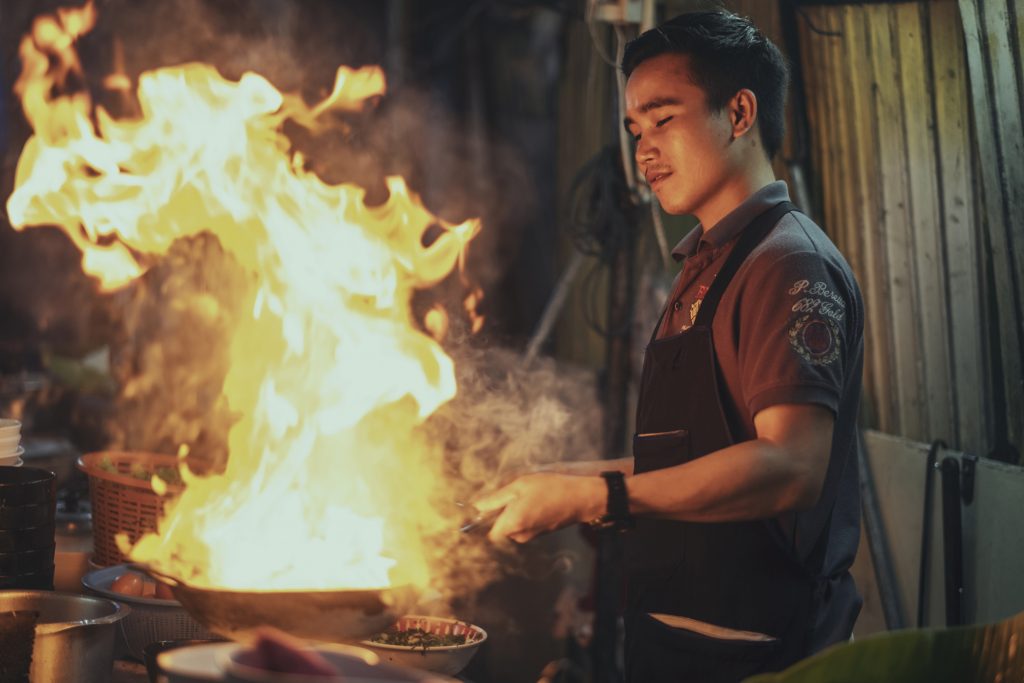
NOT EVERY PHOTO NEEDS TO BE A MASTERPIECE
Aphantasia often goes hand in hand with SDAM (Severely Deficient Autobiographical Memory), with both being linked to structural differences in the hippocampus.
It means that, at best, your autobiographical memory recollection is severely impacted and, at worst, you simply don’t remember the details of your own life.
Sometimes your desire to capture a photo is as simple as needing to externalise your memory because you can’t access it at a later date.
If you accept this you can accept the reasoning behind it and actually compartmentalise your creative and cataloging impulses and act accordingly. The amount of times I’ve felt creatively frustrated upon reviewing, what is ostensibly, a snapshot of a location is immeasurable.
Had I known then what I know now it makes perfect sense that these shots were never meant to be seen, but rather acted as a backup to events that I simply wouldn’t have remembered in the normal course of action.
Understand why you’re taking a photo and don’t be afraid of a ‘point-and-shoot’ mentality when the need arises.
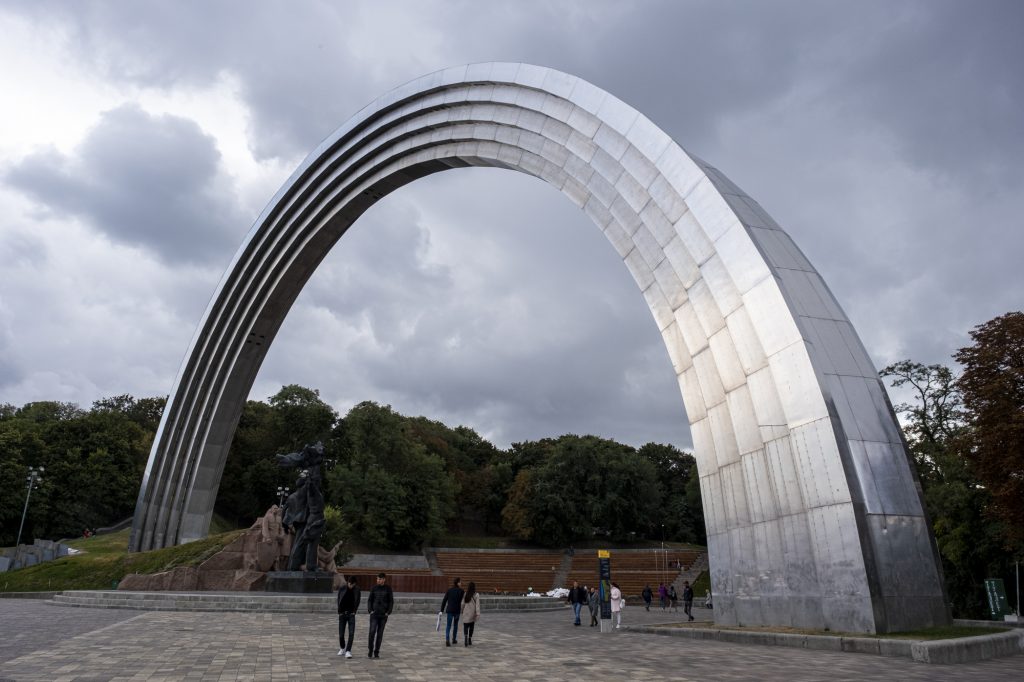
If you want to discover more about aphantasia I recommend taking the VVIQ (Vividness Of Visual Imagery Questionnaire) found on the Aphantasia Network website. There are also some very useful Facebook groups where you can learn more people similarly afflicted.
I HAVE APHANTASIA — AND I'M A PHOTOGRAPHER!

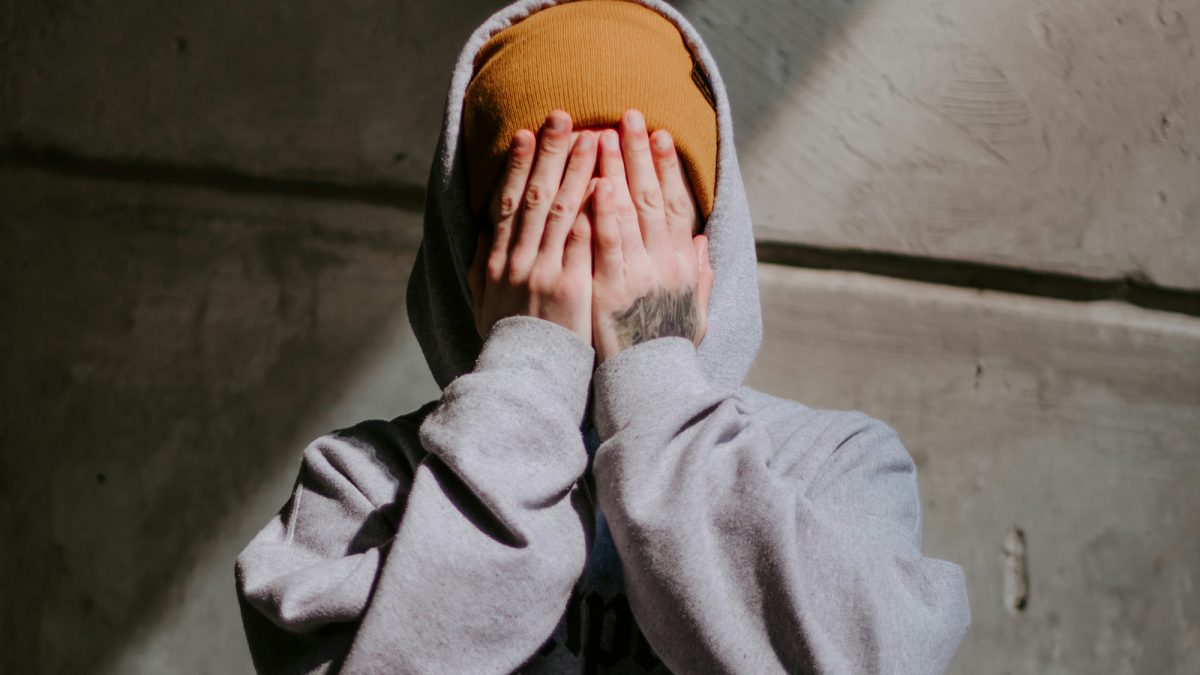

Stay connected